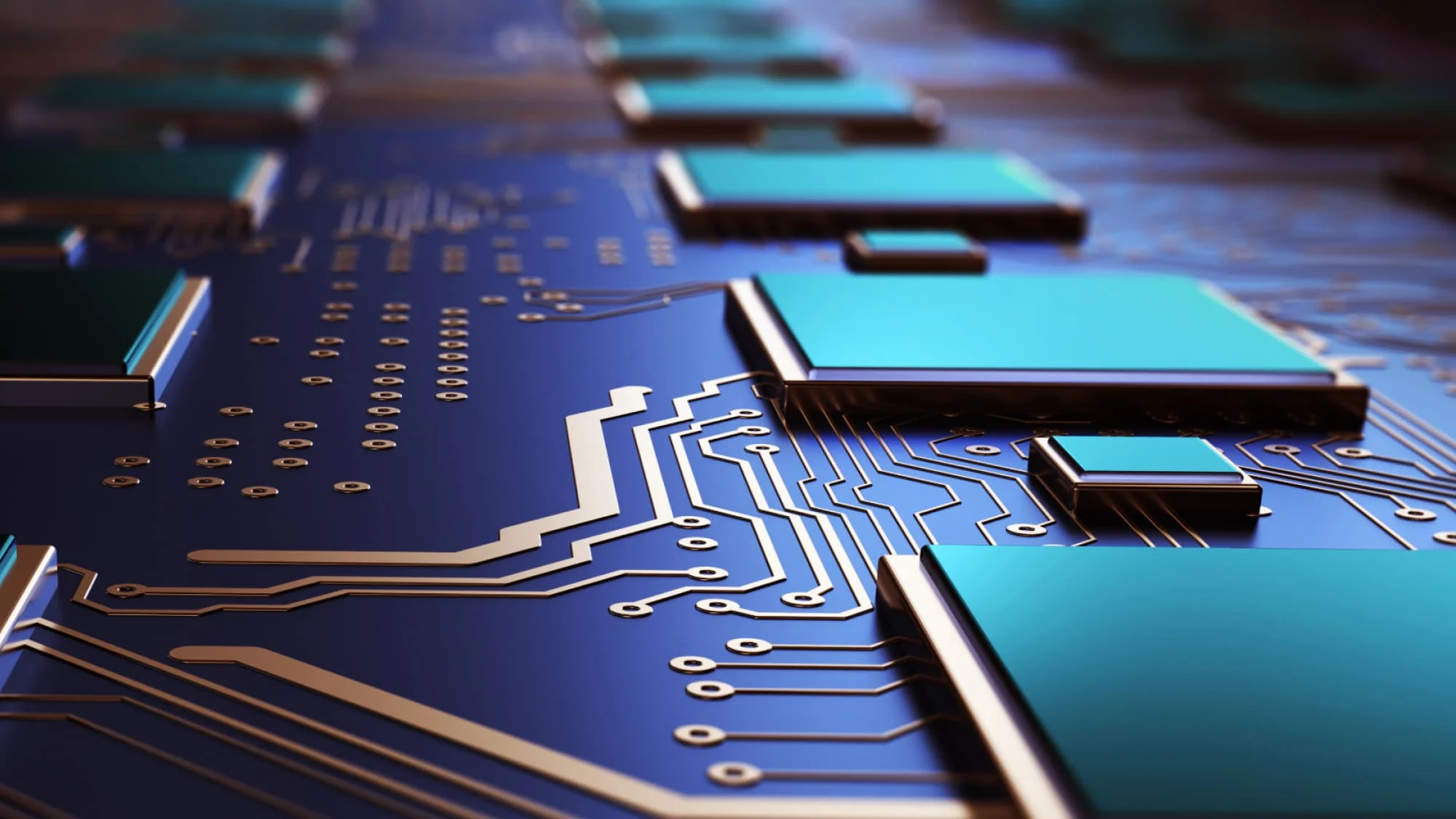
Exploring the Latest Technology Trends of 2025
As we navigate through 2025, the technological landscape continues to evolve at an unprecedented pace. Innovations across various sectors are not only reshaping industries but also redefining the way we interact with the world. Here’s an in-depth look at the most significant technology trends making waves this year.
Agentic AI: The Rise of Autonomous Digital Agents
Artificial Intelligence has taken a transformative leap with the emergence of Agentic AI. Unlike traditional AI models that respond to specific prompts, Agentic AI systems possess the capability to make autonomous decisions, learn from interactions, and perform complex tasks without human intervention. This evolution is revolutionizing sectors such as healthcare, finance, and logistics, where AI agents are streamlining operations, enhancing decision-making, and improving efficiency.
Quantum Computing: Unlocking New Possibilities
Quantum computing has transitioned from theoretical research to practical applications. Companies like D-Wave Quantum have introduced systems like Advantage2, designed to solve complex problems beyond the reach of classical computers. These advancements are particularly impactful in fields requiring intricate computations, such as cryptography, drug discovery, and supply chain optimization, offering solutions that were previously unattainable.
5G and the Advent of 6G: Redefining Connectivity
The global rollout of 5G networks has significantly enhanced data transmission speeds and reduced latency, enabling advancements in IoT, autonomous vehicles, and remote healthcare. Looking ahead, research into 6G technology promises even greater capabilities, including ultra-low latency and unprecedented data rates. This next-generation connectivity is poised to support more immersive experiences and facilitate the growth of smart cities and advanced communication systems.
Edge Computing: Processing Data at the Source
With the proliferation of IoT devices and the need for real-time data processing, edge computing has become increasingly vital. By processing data closer to its source, edge computing reduces latency and bandwidth usage, leading to faster decision-making and improved performance in applications like autonomous vehicles, industrial automation, and real-time analytics.
Spatial Computing: Merging Physical and Digital Realities
Spatial computing is blurring the lines between the physical and digital worlds by integrating technologies such as augmented reality (AR), virtual reality (VR), and AI. This convergence allows for more natural interactions with digital content, leading to innovations in areas like virtual collaboration, immersive training, and interactive entertainment. The development of devices that support spatial computing is making these experiences more accessible and integrated into daily life.
Sustainable Technology: Driving Eco-Friendly Innovations
As environmental concerns take center stage, sustainable technology has become a key focus. Innovations in renewable energy, energy-efficient systems, and green computing are addressing the need for eco-friendly solutions. Companies are investing in technologies that reduce carbon footprints, such as advanced battery storage, sustainable data centers, and environmentally conscious manufacturing processes, contributing to a more sustainable future.
Cybersecurity: Fortifying Digital Defenses
The increasing reliance on digital systems has amplified the importance of robust cybersecurity measures. In 2025, there’s a heightened emphasis on protecting data and infrastructure from sophisticated cyber threats. Organizations are adopting advanced security protocols, AI-driven threat detection, and comprehensive risk management strategies to safeguard against breaches and ensure the integrity of digital operations.